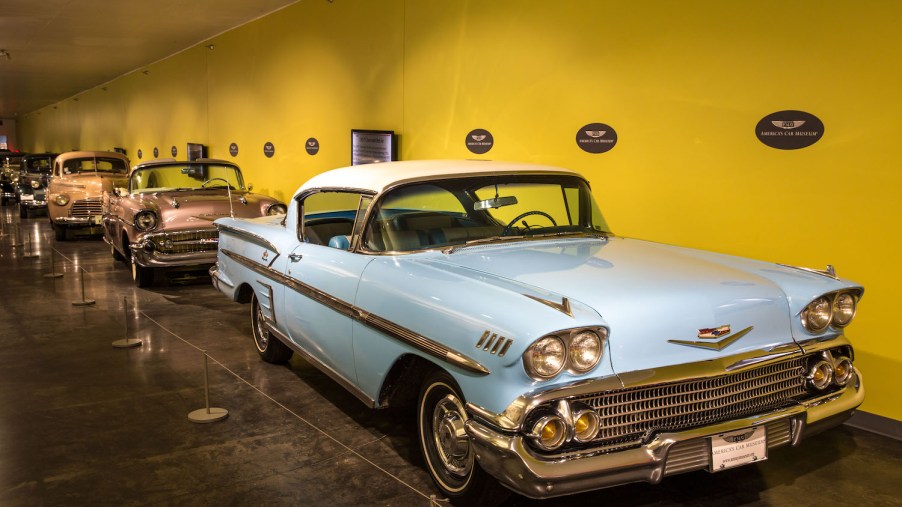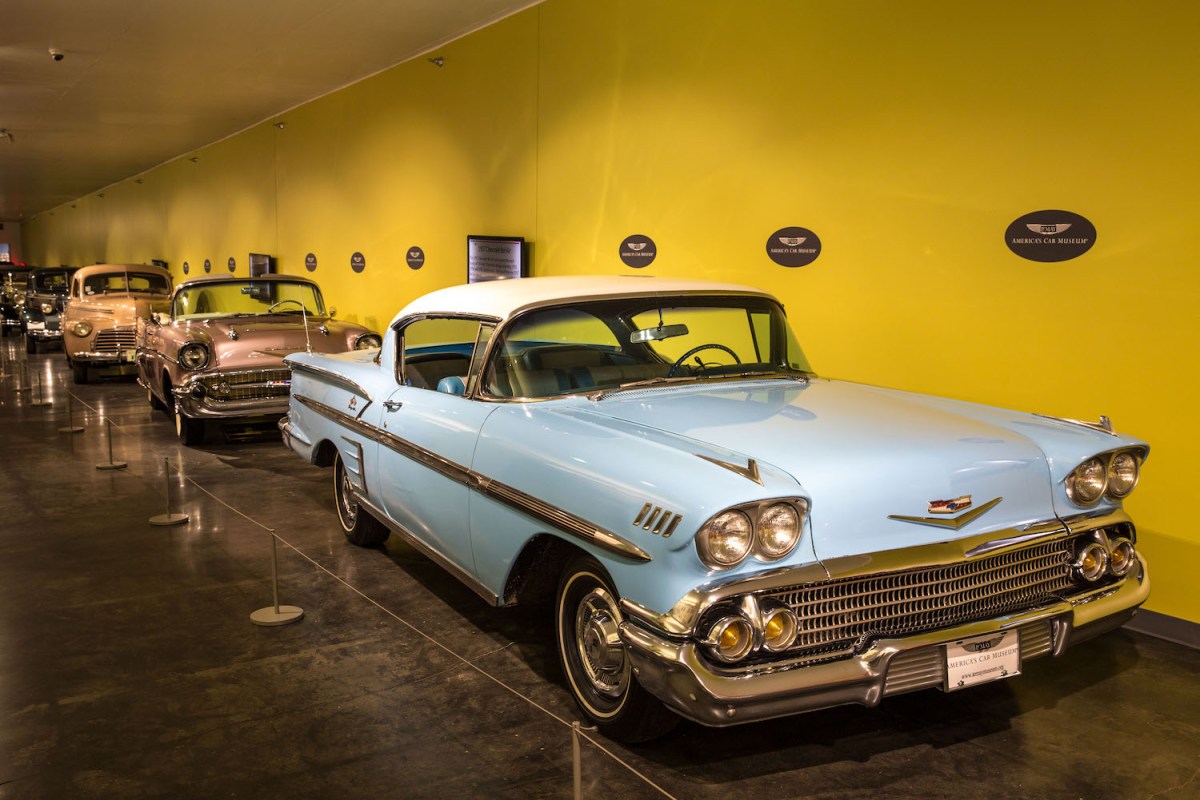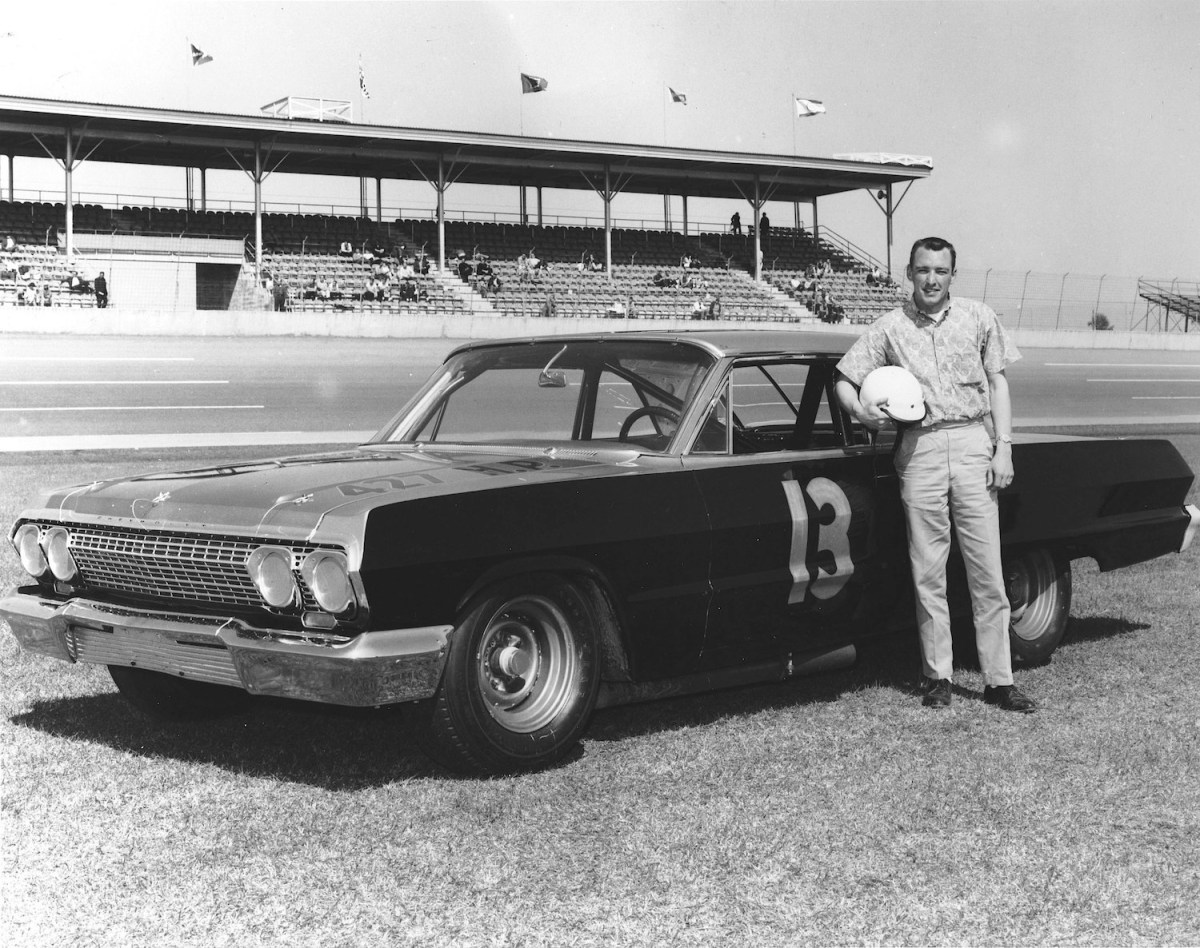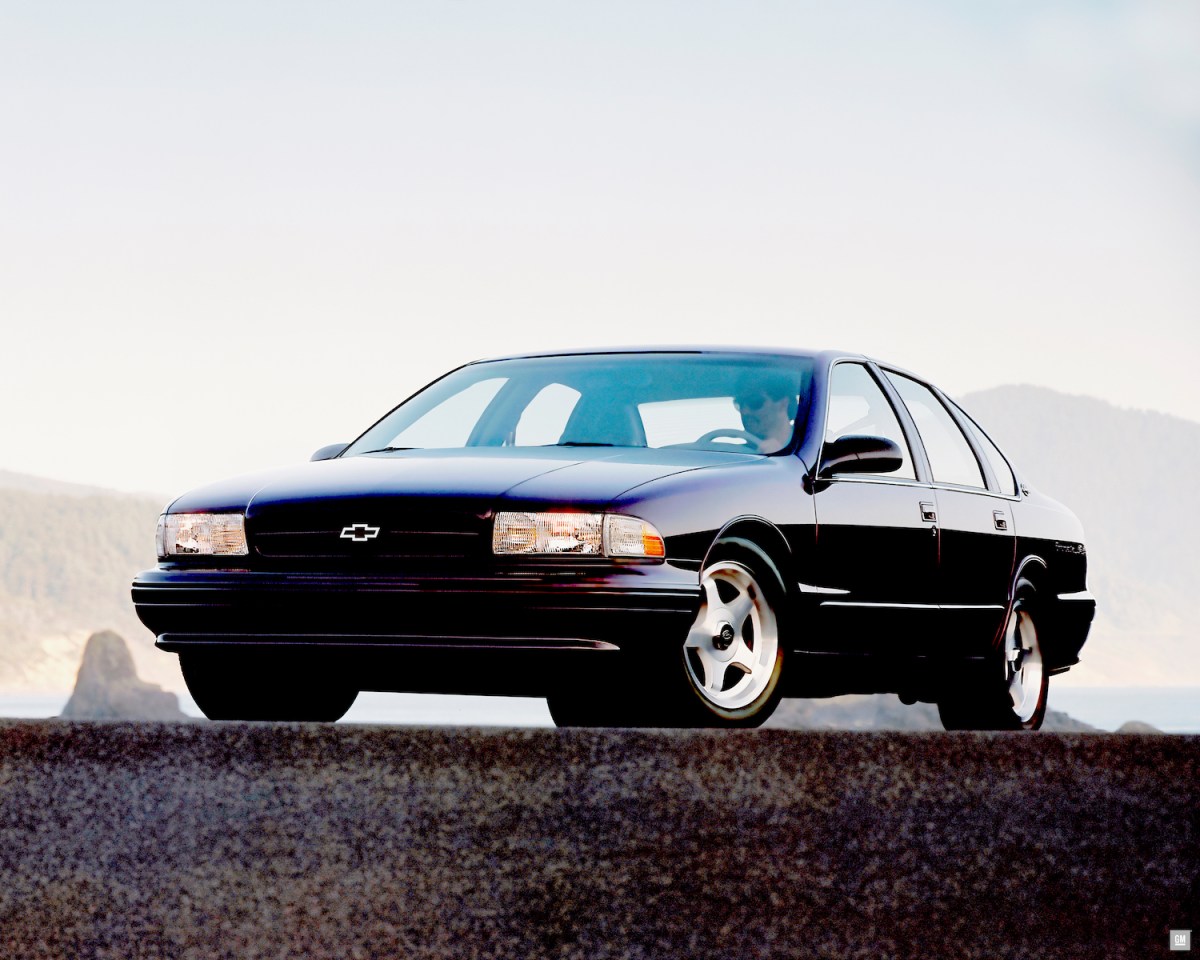
Was the Chevrolet Impala Ever a True Muscle Car?
Lots of American cars from the 1960s and ‘70s are considered muscle cars. The fact is not all of them were, and most of them weren’t. The Chevrolet Impala is synonymous with low-riding and cruising, but could it ever be considered a scorched-earth purebred muscle car? It was rear-wheel-drive, had two doors, and came with massive engines, so it should be perfect on paper. The classic Impala may have resigned as a cruising low-rider, but at one point, it may have been a muscle car.
The first-generation Chevrolet Impala was a work of art

Chevrolet released the Impala in 1956 to a coupe with miles of engine bay jutting from an upright windshield that curved at the top. It exuded elegance with accented trim notes along the doors, and most of all, it looked fast. Unfortunately, that was just the prototype. What actually sold was utterly different.
The first generation left the assembly line in 1958, to the tune of quad horizontal headlights, a more aggressive front-end with right angles and busy trim spread throughout. It was still a beautiful car, with a more conventional look to other vehicles of the 1950s. Just one year, the design changed drastically yet again. It was wider and lower, with a rear-end shaped like a gliding bird. Sitting inside the car was like staring through bay windows at an airport. It was that massive. The first two generations were decidedly classics, not muscle cars.
Third generation Chevrolet Impala goes to the gym

Generation-three Chevrolet Impalas got boxier and simple. Gone were fancy accents and outrageous rear ends in favor of subdued style. This would be the first time the Impala got close to muscle car status. Minute changes happened to the Impala as the years went on, but its boxy style kept until its fifth generation into the early 1970s. From there, it succumbed to personal luxury in the company of the Ford Thunderbird. It wasn’t a muscle car again until 1996.
Why 1963 and 1996 Impalas were muscle cars

Chevrolet Impalas looked the most like muscle cars in 1963. Not only was the style apparent, but Chevrolet offered the 1963 Impala Sport Coupe a 409 with 425 horsepower, with the help of dual carburetors on an aluminum intake, according to Hemmings. Only mated to a manual transmission, the 409-equipped Impala could hit 60 mph in around 6.3 seconds.
The second and last time an Impala reached muscle car status was in 1996 with the Impala SS. Chevrolet gave it an LT1 V8, beefy suspension, big brakes, a limited-slip differential, and dual exhaust. The engine mated only to an automatic transmission and made 260 horsepower, which helped propel the car to 60 mph in about 7 seconds.
The Chevrolet Impala was absolutely a muscle car
There’s no doubt about it that the Impala became a muscle car on two separate occasions. It was rear-wheel-drive and had a big engine stuffed inside the engine bay. Unfortunately, after 1996 the Impala took a dark turn, became front-wheel-drive, and only offered a V6, but lest we forget, the Dodge Dart suffered a similar demise.


